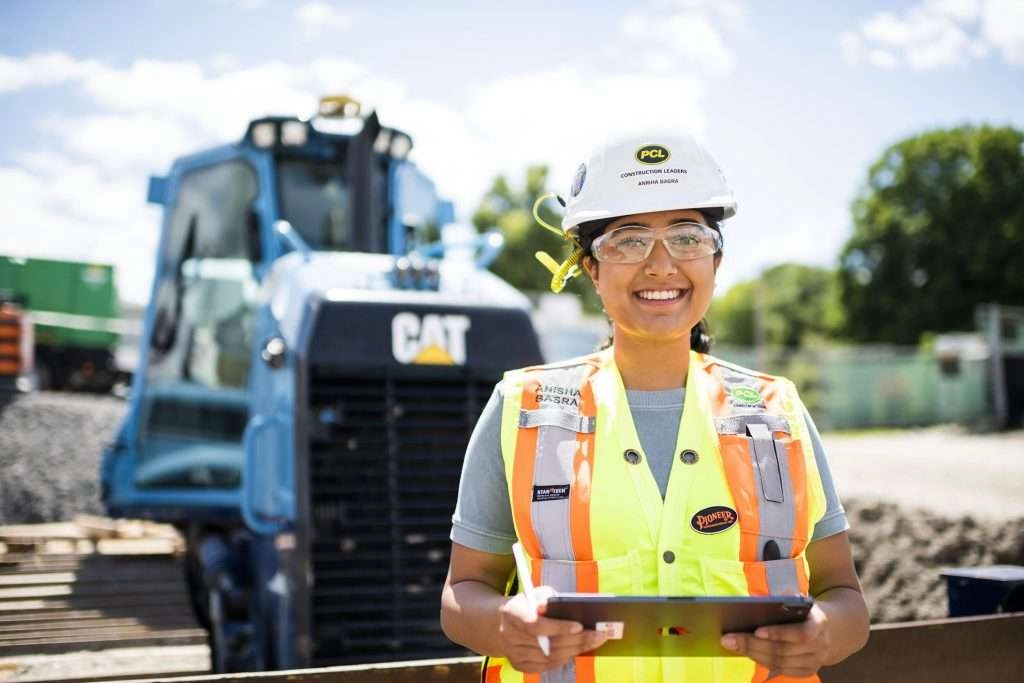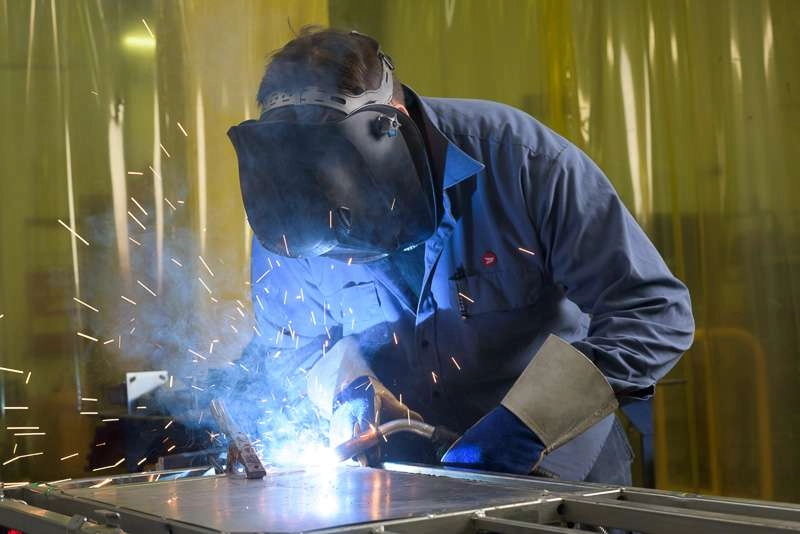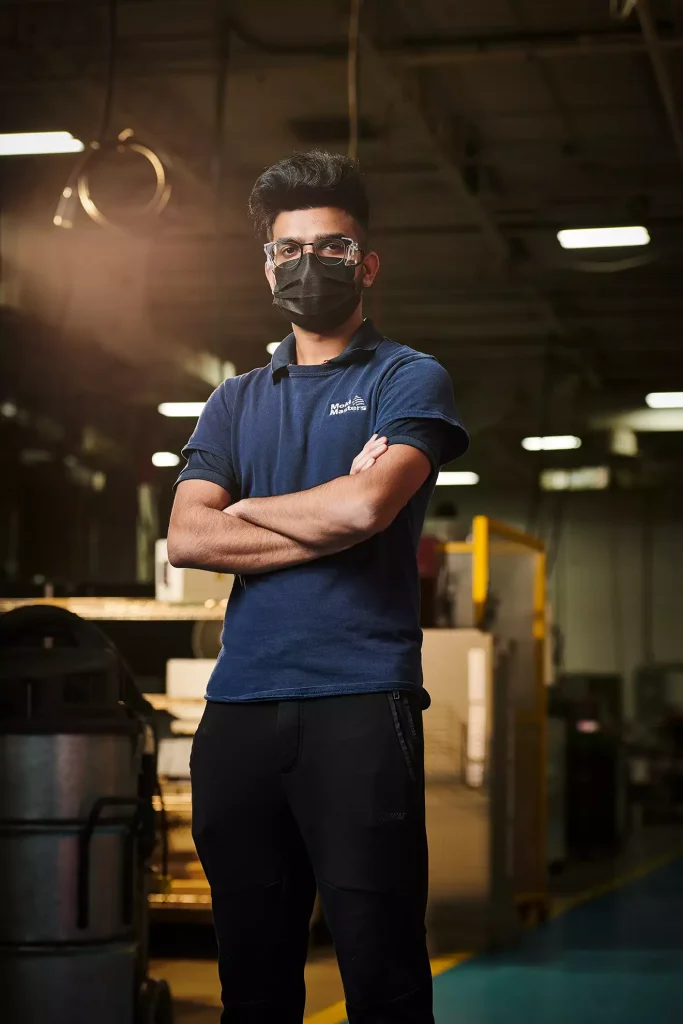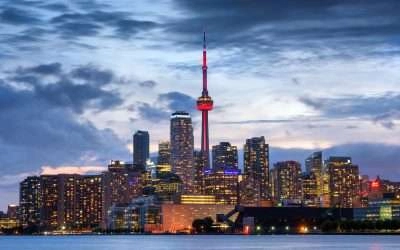Industrial photography is a unique form of professional photography that requires specialized skills and knowledge. Capturing the perfect shot in an industrial setting can be challenging, but it is also very rewarding.
In this blog post, we will discuss some tips and techniques for taking great industrial photographs.
We will also cover topics such as lighting, composition, and safety. So if you are interested in learning more about industrial photography, then keep reading!

What is Industrial Photography and Why is it Unique?
Industrial photography is a type of professional photography that focuses on capturing images of industrial objects, structures, and people. This can include factories, warehouses, power plants, and other types of industrial facilities.
Industrial photography is unique because it often requires a professional photographer to shoot in difficult or dangerous environments. This means that industrial photographers need to have specialized skills and knowledge to safely and effectively take pictures in these settings.
One of the most important aspects of industrial photography is safety.
When on a photo shoot in an industrial setting, it is important to be aware of potential hazards. This means being familiar with the area you are shooting in and knowing how to avoid potential dangers. For example, photographers should always be aware of overhead hazards, such as pipes or wires.
They should also be cautious of trip hazards, such as loose cables or uneven surfaces. In addition, an industrial photographer should always wear appropriate safety gear, such as gloves, glasses, and a hard hat.
The Basics of Taking a Great Industrial Photo
Now that we have covered some of the safety aspects of industrial photography, let’s discuss how to take a great photo in this setting.
One of the most important things to keep in mind is lighting. When shooting in an industrial setting, there are often harsh lighting conditions. This can make it difficult to get a well-exposed image. Therefore, it is important to be familiar with your camera’s settings and know how to adjust to different lighting conditions.
Another important aspect of industrial photography is composition. When composing your shots, it is important to keep in mind the overall look and feel you are trying to achieve.
For example, if you are shooting an industrial landscape, you may want to focus on the symmetry and lines of the scene. Or, if you are shooting a close-up of an industrial object, you may want to highlight its textures and details.
Finally, it is also important to consider the angle of your shots. When taking pictures of industrial objects or structures, you often can shoot from different angles. This can give your professional photos a unique perspective and make them more interesting to look at.
So experiment with different angles and find the ones that work best for you!
Tip: Industrial clients are always happy for more photos, so experiment.

Lighting in Industrial Settings
In industrial photography, it is often necessary to adjust your camera’s settings to account for the harsh lighting conditions. This often means using a higher ISO and a larger aperture. It is also important to use a fast shutter speed to prevent any motion blur.
When shooting in an industrial setting, it is important to use a fast lens. This will help you to capture sharp images even in difficult lighting conditions.
In some cases, you may also need to use artificial lighting. This can be done using flashlights, spotlights, or preferably strobe lights.
And don’t forget to experiment with different light sources. Industrial photography takes place in some of the most challenging environments, so it’s important to experiment with different ways of using it.
Try shooting in low light or using backlighting to create some interesting effects.
Composition in Industrial Photos
Composition is key to ensuring the viewer understands the story you’re trying to tell. In most cases, you’ll want to use a wide-angle lens to capture as much of the scene as possible.
This will help give your professional photos a sense of scale and allow the viewer to see all the details in the shot.
You’ll also want to make sure that the composition is balanced and that there is a clear focal point in your photography. This can be achieved by including leading lines or using symmetry in your compositions.
Finally, don’t forget to pay attention to the background of your shots. In industrial photography, the background can often be just as important as the subject itself. The manufacturing process can yield some remarkable images, so take advantage.

Experiment with Depth of Field
One technique you can use to make your industrial photography more interesting is to use a shallow depth of field. This will help isolate the subject of the photo and create a more dramatic effect.
To achieve this effect, you’ll need to use a large aperture setting on your camera. This will allow you to blur the background of the shot (bokeh) and make the subject stand out.
Use Dynamic Angles and Framing
One way to make your industrial photos stand out is to use dynamic angles and framing. Try to get creative with your shots and experiment with different angles and compositions. This will help add excitement and visual interest to your photos.
Another way to create a more dynamic effect is to use framing. By framing your subject in a certain way, you can create a sense of movement and add a more dynamic feel to your professional photos.
Framing can be achieved by using leading lines or by placing the subject off-center in the frame. Experiment with different techniques to see what works best for you.
Don’t Be Afraid of Some Dirt
Although it may be tempting to stay clean and tidy while shooting industrial photography, don’t be afraid to get a little dirty. Sometimes the best shots come from getting up close and personal with the subject.
So don’t be afraid to get down on the ground and shoot from a low angle. This will help you capture some interesting perspectives that you wouldn’t be able to get from a higher angle.

Safety tips for Industrial Photographers
Working in an industrial setting comes with its own set of safety concerns. Here are a few tips to help keep you safe while photographing in an industrial setting:
Wear the appropriate clothing and safety gear for the environment you’ll be working in.
This may include things like steel-toed boots, long pants, gloves, and eye protection. An approved hard hat and reflective clothing are generally standard, but each industry setting is different.
It can be less it can be a lot more. I have personally been in some locations where full hazmat gear is required.
Be aware of your surroundings and know where the exits are in case of an emergency
Every industrial photographer needs to be aware of their surroundings. It is critical when photographing in an industrial setting.
Not only do you need to be aware of potential hazards, but you also need to be aware of where the exits are in case of an emergency. Make sure you know the layout of the space you’re working in, and keep a close eye on what’s happening around you.
If you’re photographing machinery or other moving parts, be sure to keep your hands and fingers clear of any moving parts.
Even if the machinery is shut off, there may still be residual energy that could cause injuries. If you need to enter a machine it should follow a lock-out tag-out procedure.
Follow all posted safety signs and instructions, and never take shortcuts when it comes to safety.
Listen to and follow any safety instructions given by the staff on site.
When visiting industrial sites, it is important to listen to and follow any safety instructions given by the staff on site. These instructions are in place to help protect visitors from potential hazards. By following the instructions, you can help to ensure your safety and the safety of those around you.
Some common safety instructions include wearing appropriate clothing, staying clear of certain areas, and using caution when walking around equipment. If you have any questions about the instructions, be sure to ask a staff member for clarification.
Remember, your safety as a photographer is always your top priority. And if you can’t do it for yourself do it for someone else you could endanger by being reckless.
Tip: Every day someone is killed or seriously injured on industrial sites. Nothing, not even photography, is more important than getting home safely at the end of the day.
Stay Away from Areas that are Off-limits or Considered Dangerous.
There are usually specific areas on manufacturing sites that are off-limits or considered dangerous. These areas are typically marked with signage or barriers to help keep people out.
However, it is important to use caution when walking around the site as some areas may not be marked. If you are unsure about an area, it is always best to ask a staff member before entering.
Remember, it is better to be safe than sorry or dead.
These are just a few of the many safety concerns to keep in mind when working as an industrial photographer.
By following these safety tips, you can help ensure a safe and successful industrial photography shoot.
Do you have any other safety tips to share? Let us know in the comments below!

Professional Photography Subject Matter
Now that you know how to stay safe while photographing in an industrial setting, let’s take a look at some of the most popular subjects for industrial photography.
Machinery
When photographing machinery, it is important to capture both the overall scene and details of the machinery. By getting close-ups of the machinery, you can show the scale and complexity of the project.
It is also important to capture the surrounding area. This can help to provide context for the machinery and show how it fits into the larger picture.
Editorial Images Workers
Of course, no industrial photography shoot would be complete without workers. Try to convey hard work in these images, and a personal connection.
Industrial Machinery
Industrial Machinery can be intimidating. They are large, they are in motion, and they are often dirty or dusty. But capturing the perfect shot of an industrial machine can make for some incredible images.
Heavy Equipment
Whether it is an excavator, bulldozer, or crane, shooting heavy equipment can be both challenging and rewarding. Because of their size and weight, these machines often have a lot of moving parts.
Photographing equipment at the right moment can result in some amazing images.
Construction Sites
There is something about construction sites that are just so fascinating. Maybe it is the raw power of the machinery or the chaos of it all. But whatever it is, construction sites make for great industrial photography.

Drone Aerials
Aerial photography is becoming more and more popular, and drones are making it easier than ever to get great shots. Industrial sites often have a lot of interesting lines and shapes, which can make for some beautiful photos when seen from above.
Manufacturing, Construction, Industrial Processes
Whether it is a steel mill, auto plant, or food processing facility, something is fascinating about the manufacturing process. These photographs often show the intricate details and machinery involved in making products.
Manufacturing Buildings / Industrial Architecture
There is a certain beauty to industrial architecture. The lines, the shapes, the colors. All of these things come together to create some stunning images.
Executive Headshots
No industrial photography post would be complete without mentioning executive headshots. These are the photos that capture the faces of the people who run these businesses. They are often taken in front of a blank background or in front of some type of machinery. Either way, they always make for great photos.
Each of these subjects presents its own challenges, but with a little planning and preparation, you can get some amazing shots. An industrial photographer should have a good idea of what clients need.

How to Edit and Post-process Industrial Photography
Now that you’ve captured some great industrial photos, it’s time to edit and post-process them. Here are a few tips to help you get started:
Start by selecting the best photos from your shoot. This may mean getting rid of any blurry or out-of-focus shots.
Edit your photographs to correct any exposure or color problems. You may also want to crop or straighten your photos at this stage.
Once you’re happy with your edits, it’s time to post-process your photographs. This may involve things like sharpening, noise reduction, and adding contrast. This can be as intensive or limited as you would like.
Don’t Over-edit your Photos
Although some people like to over-edit their industrial photos, I prefer to keep things natural. I usually just correct exposure and color problems, and then leave the rest of the editing up to the work we do on-site. This helps to maintain the feeling of realism that is so important in industrial photography.
By following these steps, you can help ensure that your industrial photos are looking their best.
Conclusion
Industrial photography can be a challenging but rewarding genre. By following the safety tips we’ve provided and by post-processing your photographs correctly, you can create stunning industrial images. Be sure to check out some of the examples we’ve included for inspiration!
What are your thoughts on industrial photography? Let us know in the comments below! Thanks for reading!
Industrial Photography Services
Do you have questions about our industrial photography services? Or have a project you have questions about? Feel free to reach out.








0 Comments